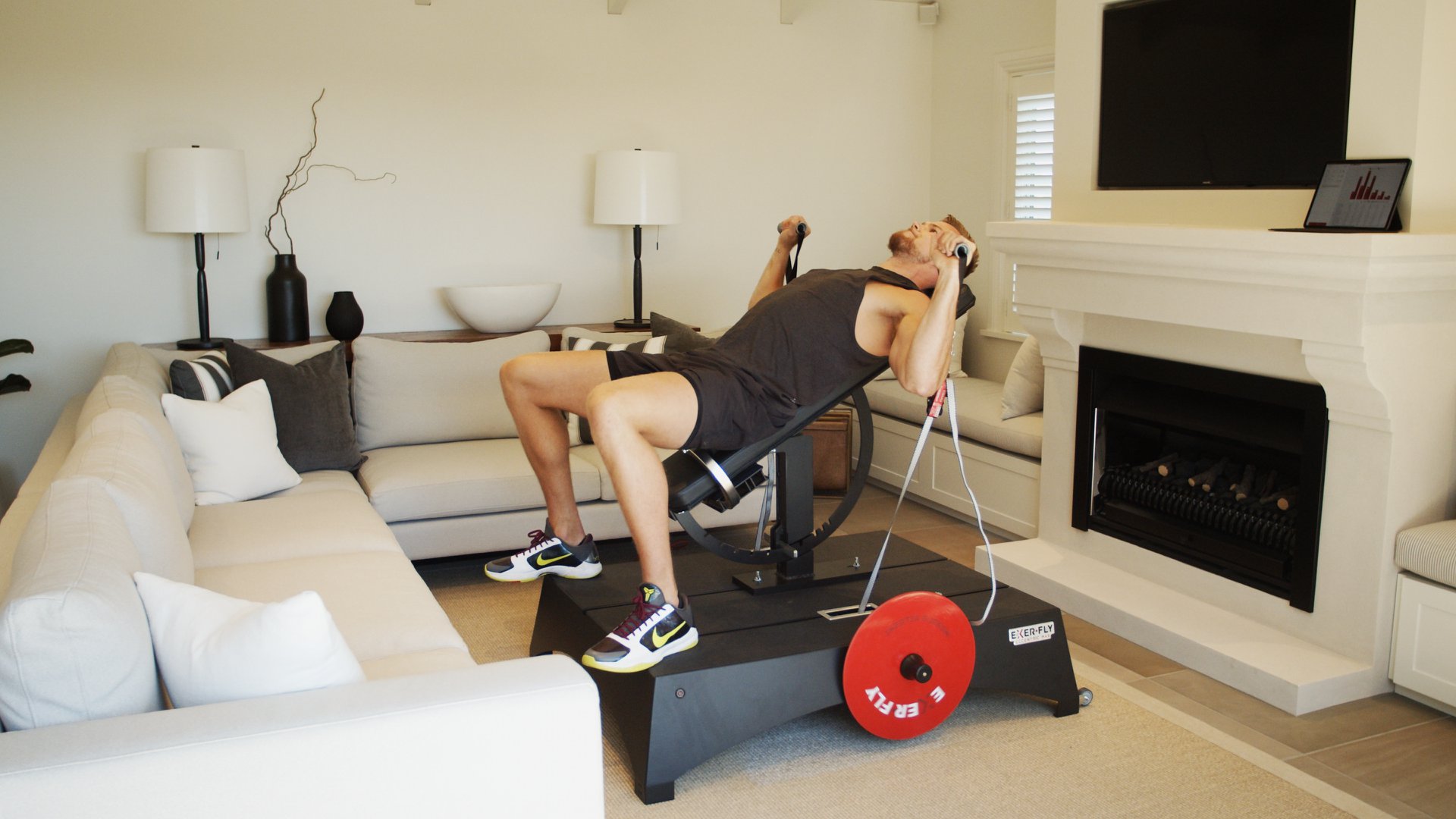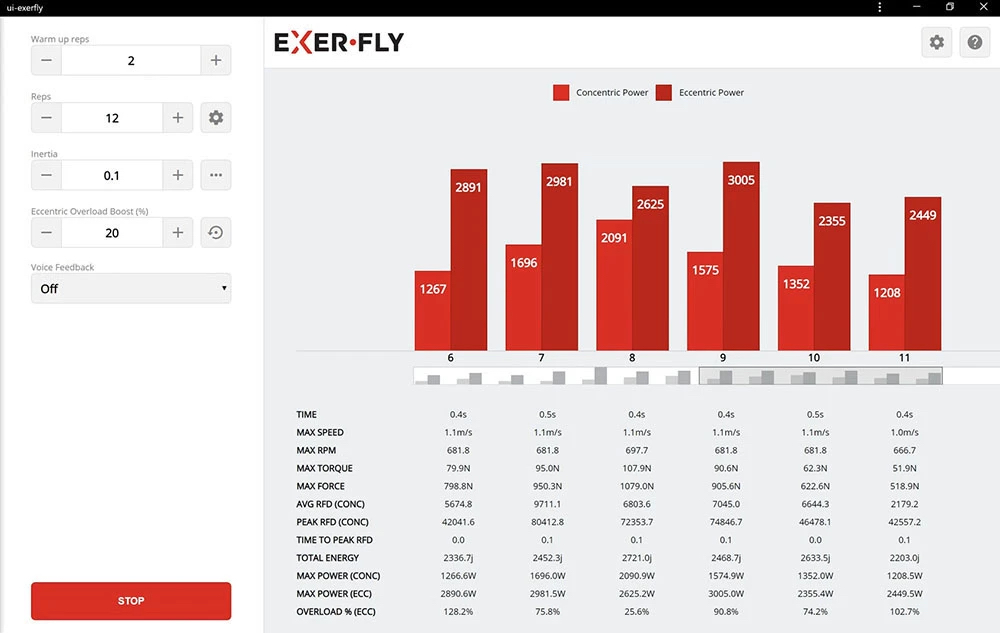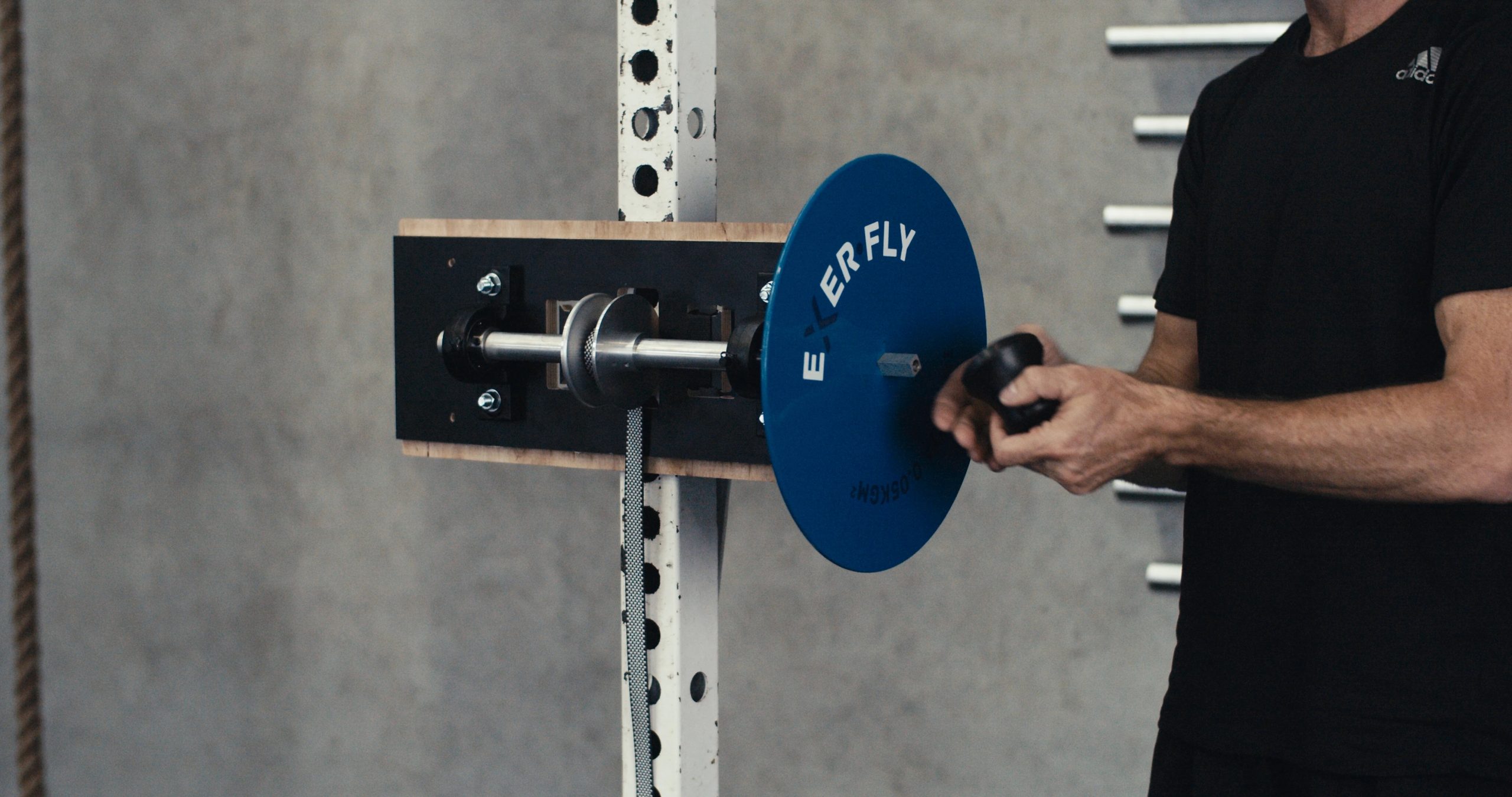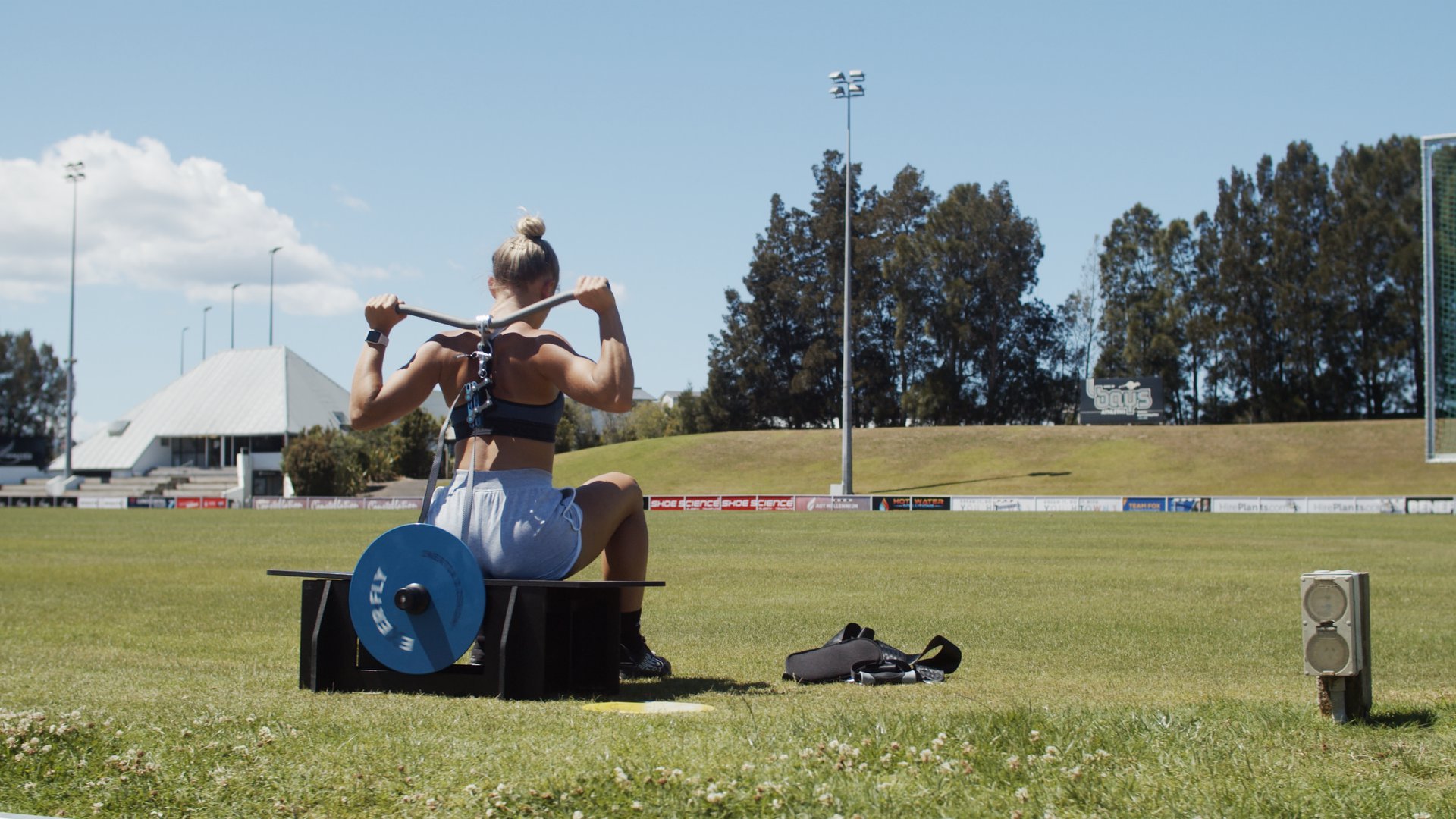Exerfly reinvents the wheel – with advanced sensor technology
The story of fitness equipment manufacturer Exerfly begins in 2015, when New Zealand track and field athlete Nick Bolton started building flywheel prototypes out of wood and steel in his home garage. Nick wanted to create a piece of training equipment that would allow him to get stronger, faster, injury-free, and more powerful with eccentric training.
Today, the company supplies flywheel fitness equipment from Christchurch around the world. The advantage over traditional strength training equipment is that the flywheel provides the user with constant resistance throughout the range of an exercise – even at high speed. The exerciser works harder, always under load, and builds stronger and more resilient muscles and tendons.
Additionally, the device allows the exerciser to overload the muscle as it lengthens (for example, as the arm goes down during a biceps curl). All athletes want to get stronger during this exact eccentric phase because it makes a big difference in performance and prevents injury. This is difficult to achieve with traditional fitness equipment, but easy with a flywheel.
However, flywheel training is not just for high-performance athletes. It has many applications in physical therapy for rehabilitation and for home users who simply want to get stronger. In addition, the workout is safer than traditional weights because users can only use their own strength.
“Our key advantage is sensor technology”
At the forefront of the Exerfly’s five-year development phase was the benefit to the user. The team tested continuously with professional athletes, including the New Zealand All Blacks rugby team, and incorporated the feedback. The Exerfly may look relatively simple, but behind it are years of hard development, fine-tuning and cutting-edge technology for a special USP: “Our key advantage over other flywheel training equipment is the sensor technology that allows the athlete to connect with the coach remotely. This allows the trainer to see how the athlete is training and where improvements are needed,” says Jordan Barron, co-founder of Exerfly.
As a pioneer in the field of non-contact torque measurement, NCTE served as the implementation partner on the Exerfly project since 2020 to design the custom sensor application and best match it to the fitness device. The sensor is an essential part of the device, as it allows users to get precise feedback on their exercises via an app on their computer or mobile device. Due to the inertia of the flywheel and the sensor’s measurements of RPM, speed, and time, Exerfly can evaluate a lot of data such as repetition time, speed, energy, and power at different points in the exercise. For elite athletes, this feedback is incredibly valuable to see how they are progressing over time and to share the results with their coach. And amateur athletes also benefit from detailed statistics on their training progress.
For the measurement technology, NCTE magnetized the shaft of the flywheel in a patented process. When the exerciser applies force to the shaft, the direction of the introduced magnetization changes. An electrical receiver unit detects the magnetic field changes without contact and evaluates them at a distance of a few millimeters. The magnetic field is circular and always returns to its original orientation after deformation or vibration. The non-contact measurement means that no cables or strain gauges are required.
Intelligent fitness training with durable sensor technology
A major challenge in the development of the Exerfly was the search for suitable components right from the start. Each of the first prototypes broke at some point due to overuse. Product durability became a guiding principle: “We wanted to get to the point where we had a virtually indestructible product so that we wouldn’t have any problems when we went to market,” Barron says. That includes the sensor technology. NCTE’s non-contact torque sensors are of the highest quality, “Made in Germany.” In addition, the magnetic technology operates wear-free over the long term and can be used throughout the life of the application. “NCTE technology is lightweight, requires little installation space and is extremely robust. The measurement data is the perfect basis for
Exerfly is designed as an all-in-one multipurpose solution that aims to flexibly meet all fitness needs. The basic flywheel trainer weighs 7.5 kilograms, is portable and fits easily into a suitcase. To go with it, the company offers a platform, with a bench press, foot block, two ropes and a motor. As a rack mount, the flywheel trainer can be attached to any gym rack.
With the Exerfly platform, the user can perform an almost unlimited number of exercises on a compact but highly durable device. Also available is a motor option to overload parts of the exercise more (up to 80% gain in the eccentric phase of the movement). The motor setting is also controlled via the app and sensor system.
Exerfly’s international sales “exploded” after its international launch during the pandemic. Exerfly made one of its first international sales in 2020 to the U.S. baseball champions, the Los Angeles Dodgers. The company, co-led by founders Nick Bolton and Jordan Barron, now also counts the U.S. professional basketball team, the Golden State Warriors, the British Premier League soccer team Wolverhampton Wanderers, Canada’s Olympic ski team and the British Paralympics Association among its customers. The Exerfly impressively demonstrates how sensor technology can make applications intelligent and thus make a lasting contribution to the success of a product.



